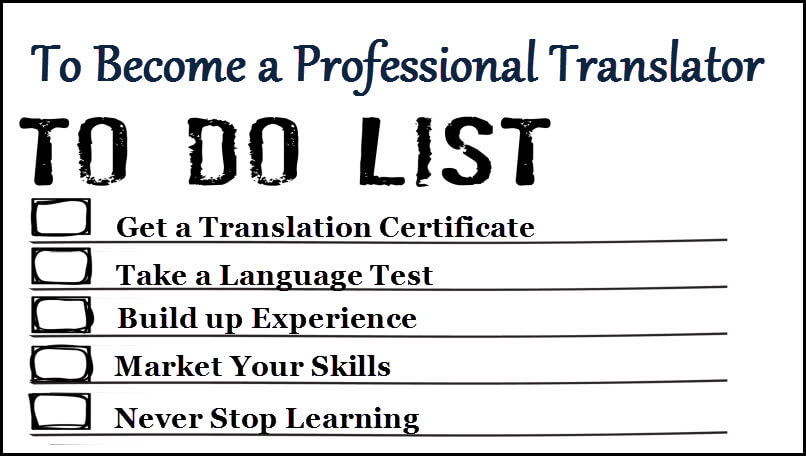Today, people around the world share all types of information and in a variety of different media. However, it is not always in a language that is fully understood. You may access information on a website which really needs a NAATI certified professional translators before a full understanding of the content is possible. For example, you may see an interesting image which is reviewed in a language you don’t fully understand. Or you may have bought a product while overseas and its manual is written in a language you are not familiar with. Whatever the document is about and whatever language it is in, there are various tools available which can enable you to carry out a useful document translation so that you understand at least the gist of it.
Apart from hiring a NAATI professional translation service to unravel the meaning there are some free web tools available for you to use. So far, Google Translate has been proven to be the most useful tool. The reason for this is that without too much of a problem a complete web page can be translated without the need to copy and paste it into another context. It also supports a surprising number of languages and the tool is constantly improving the quality of its translations
WorldLingo is a great translator that can be found online and is nearly as good as Google translate but does not offer as many languages. It is grammar is not nearly as good as a professional translation but it does offer a reasonable idea of what a text is all about. SDL FreeTranslation offers a bit more than other translation tools as if you are prepared to pay it can organise a professional document translation. With just a single click, an estimate can often be provided of the cost of a human professional document translation.
You may not have discovered this translation tool as it hidden behind the review tab in Microsoft Office. You can select a language and get the gist of a document to keep you going until you are able to find a professional NAATI translator.
Most of the online tools for undertaking translations are perfect to get an idea about the meaning of words and phrases but they don’t have the capacity to perform in depth translations especially when it comes to getting the translation just right.




